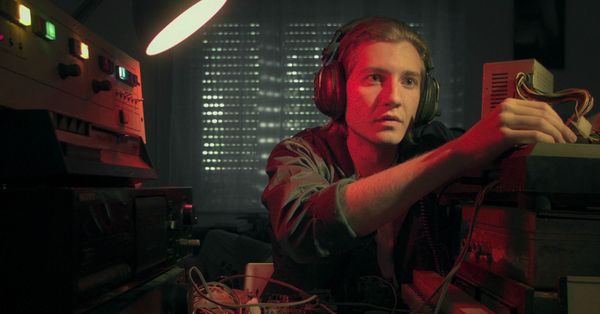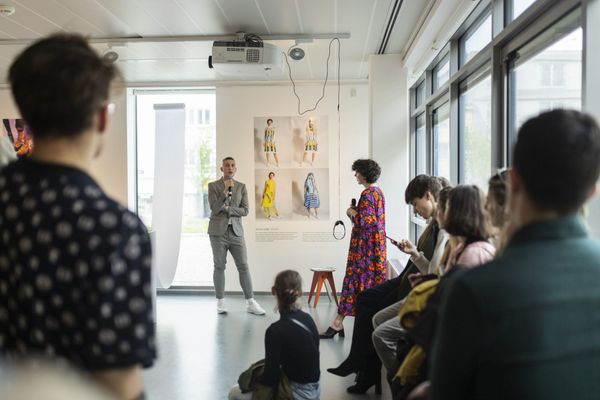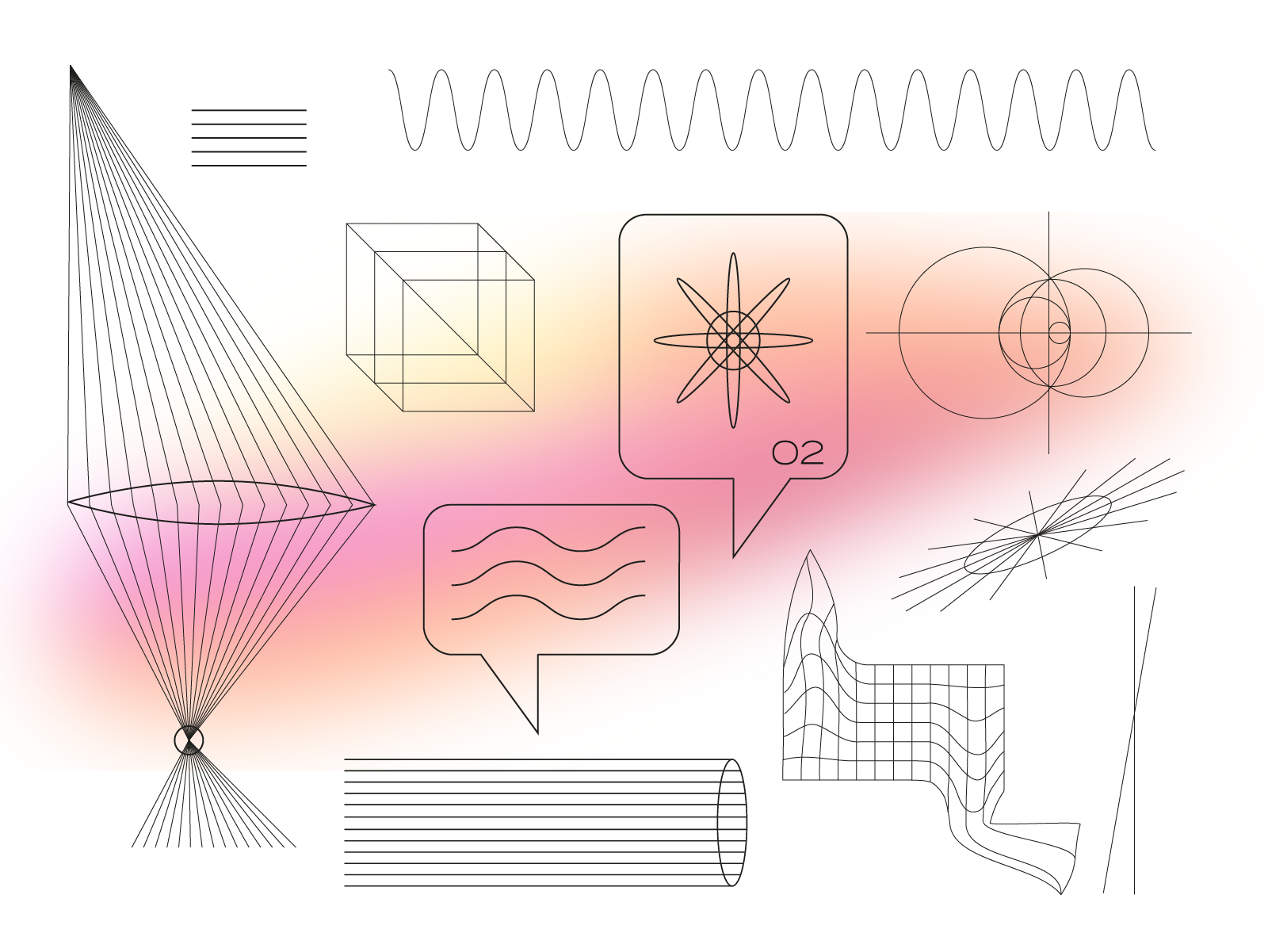What does particle acceleration have to do with dinosaurs? Is it better to be a specialist, or does the job market prefer generalists? Is California indeed suffering a brain drain? We discussed these interesting questions and many more with Csaba Tóth, Ph.D., staff scientist and operations coordinator of the BELLA Center. Part II.
The first part of the interview is available here.
What was your first experience with Silicon Valley when you moved to the Bay Area?
The University of California, Berkeley (UC Berkeley) campus is located just northeast of Silicon Valley on the other side of San Francisco Bay. Many people working in Silicon Valley graduated not from Stanford, Silicon Valley’s most well-known university, but from Berkeley. One of them, for example, is the Hungarian-born Andy Grove, who co-founded Intel. Many famous physicists working at Stanford with particle acceleration graduated from Berkeley earlier. So, there is a strong link between the two universities, and their presence in the region ensures that California is a professional hub. It is beneficial that many smaller and larger companies in the area make lasers and laser optics because it is not enough that we can easily and quickly buy a machine or equipment for our experiments. It is also essential that when we are doing the experiment, and, for instance, running a laser system that might be worth hundreds of thousands of dollars and which occasionally needs servicing, we can call a repair person who can come the next day from the other side of the Bay. It makes a tremendous difference that they do not need to travel here from France or East Coast cities such as New York or Boston. It is also vital for innovative companies in Silicon Valley that they can rent a lab at any time, with the necessary equipment and infrastructure. Excellent basic research groups also work at nearby universities, and they can help find answers to the problems that may arise.

Another interesting aspect I have noticed is the huge brain drain in the industry. When one of our scientists retires or decides to continue their career elsewhere, it is challenging to find someone for their place. The potential candidates prefer to go to Silicon Valley than work for a basic research group at Berkeley. We are trying to raise the offered salaries, but a public research laboratory or a university cannot compete with large corporations. The proximity of Silicon Valley is an advantage for Ph.D. students, with many going to work in start-up companies after graduation from Berkeley. For instance, at least three students from our group joined a company that manufactures and develops X-ray equipment immediately after completing their Ph.D. Another one decided to start a career in the fiber optics industry. So, in this industrial environment, the two sides influence each other, which can be really advantageous for both. Creating an innovative environment like Silicon Valley would be crucial for other countries. In Hungary, this idea has existed for decades. Some people have imagined the Hungarian Silicon Valley near Csillebérc, with the KFKI as its core, but, of course, huge investments and million other things would have been needed for that. There are also newer initiatives, for instance, around the ELI Laser Research Centre in Szeged or near the Lágymányos campus of ELTE in Budapest. In such innovation hubs, it is essential to provide opportunities for the freshly graduated students to go to work for a small, recently founded company where they can produce something that they developed in the university research laboratory during their doctoral studies. And it is much easier if the laboratories and the start-ups are near each other.
Is the Hungarian community good on the West Coast of the US? Have you ever experienced that your Hungarian background is an advantage? Or that it is a disadvantage?
It is neither an advantage nor a disadvantage. Of course, this is related to the fact that the whole San Francisco Bay Area, especially UC Berkeley and the lab where I work, are very international and interdisciplinary. 4,500 people work in our lab, where one of the main research facilities is the Advanced Light Source (ALS), a very bright synchrotron (cyclic particle accelerator) light source based on strong synchrotron radiation over a broad spectrum produced by accelerated particles. Many researchers from all over the world come here to use it for their work. Most of the permanent staff also came from Europe, India, China, or another corner of the world. Many of them do not even have US citizenship yet, they work with Green Cards or temporary visas, but eventually, the majority will become American citizens. So, your nationality is neither an advantage nor a disadvantage. From my experience over the last twenty years, I can tell you that it does not really matter what kind of strange language you speak with your family and friends in everyday life. When we moved to the US with my wife and children in 2000, we were immediately involved in the local Hungarian community. My kids joined the local scouting club and attended the Hungarian weekend school. In Hungary, my wife was a literature teacher in a high school; after moving to California, she became an enthusiastic volunteer teacher in the local Hungarian school, where she is now the headmistress. We have regular gatherings, mostly some kind of feasts linked to the Hungarian carnival season (Farsang) or pigsticking, usually organized by church communities. But the most important is the annual Hungarian Heritage Festival, one of my favorites. I think it is essential that Hungarian scientists and engineers stay in touch with each other, and this way, we do not forget our roots. Mailing lists and friend groups existed before, but something bigger started to evolve in the last 4-5 years, namely the „Hungarian American Society for Science, Technology, and Innovation in Silicon Valley.” We sometimes get together in this framework and hold presentations for each other. My only regret is that it is always in English. I understand, of course, that we must make this compromise if we want colleagues who only know English to be interested in our lectures. Nevertheless, I would like to focus more on cultivating and developing the Hungarian professional language in the future. In the Hungarian club, we are constantly thinking about how we could do this. There is a great Hungarian cultural life in the Bay Area today. At least 8000-10.000 people who identify as Hungarian live in the region, and 600-800 of us are regular attendees of the various events, such as balls and commemorations of Hungarian national holidays. There is an active mailing list for Hungarian students, researchers, and teachers in operation for decades at UC Berkley, organized by the engineer Katalin Vörös.
What are your responsibilities at BELLA Lab, and what are your team’s achievements so far?
When I joined around 2000, it was a small group of 4-5 people, and the team was slowly built up like a pyramid. Our main, central goal is to achieve laser-plasma acceleration as reliably as possible, in a repeatable way towards higher and higher energies. This has been the primary motive for the last 20 years, and it is still the key objective today. This academic discipline is at the intersection of three research fields, lasers, plasmas, and particle acceleration. I have worked with lasers and plasmas before, and I learned the details of particle acceleration here, in addition to the basic knowledge that I acquired as a student a long time ago. I contributed to the team mostly with my understanding of picosecond and femtosecond laser technology, nonlinear optics, and ultrafast laser spectroscopy. Shortly after joining the team, we built the so-called “TREX” laser with my boss, Wim Leemans. Of course, TREX is just a catchy name. In a nutshell, the TREX is an ultrashort pulse (30-40 femtoseconds) laser system with extremely high peak power, operating at a 10 Hz repetition rate, based on the principle of chirped pulse amplification. I had done studies with this principle back in Hungary, but we could not buy the equipment to try it. In San Diego, I had also worked with a similar laser system, but we introduced several innovations when building the TREX in Berkeley.

The construction and the application of this laser system were one of my main tasks until 2010. As soon as the system was ready, we immediately started to conduct experiments, even in the set-up phase. My supervisors at KFKI, Győző Farkas and Zoltán Horváth told me that it is not enough to build a laser; we should start carrying out experiments with it as soon as possible because these initial experiments might lead to interesting new results which can help develop even newer types of laser systems. We reached our first crucial experimental results with global relevance in 2004 by demonstrating that these ultra-short pulse lasers with chirped pulse amplification can generate quasi-monoenergetic electron beams of up to 80-100 million electronvolts by the right selection of the plasma target, comparable to particle beams generated by other conventional acceleration methods. The fact that we used a small, two centimeters long plasma torch instead of a several meters long machine has given us hope that this is an interesting topic and technology worth exploring; the results allowed us to continue our work in this direction. We received more funds from the US Department of Energy (DOE) to go one giant step further to build the world’s first laser reaching the one petawatt peak power dimension, capable of pulses with a 1 Hz repetition rate. My role in the project was still to continue to develop the system, carry out some experiments with the petawatt laser, and analyze the results. At that time, THALES, a French company, partnered up with us to develop the laser system. This large laser system means a room with the laser in it, but the laser beam has to be delivered to the vacuum vessel, where the plasma is, and the interaction can happen; we will accelerate the particles, in our experiments, the electrons, in the vessel. So, in addition to the joint design and setup of the laser, we also had the task of delivering the laser beam from the output to the interaction space. Billions of experimental diagnostic devices such as cameras, photocells, and spectrometers were inevitable for this. I always sum up to young students what we do at the BELLA Center in three letters: LPA, so laser-plasma acceleration. If someone wants to be an interdisciplinary physicist, LPA is a perfect choice since it relates to laser science, optics, plasma physics, and particle physics.

We completed the development of the BELLA Petawatt laser in 2013. As in the TREX project, we immediately started experimenting with the BELLA laser. Soon we achieved significant results again; in 2013, we reached the world record of 4.2 GeV (gigaelectronvolt). In 2017-2018 we reached another milestone, 8 GeV, which is still the world record. Some other labs are working in the same field as us. They have some preliminary results in similar laser and electron-beam energy ranges, but their experiments are not published yet. So, such records could be broken at any moment, and rival pioneering teams could overtake us, but we also work on redesigning and improving our lasers and target objects. But one might not understand this race’s relevance and ask, are you just chasing records now? The point is to be able to create as many of these units as possible, with energies of 8-10 or even 15 GeV, and then combine them into a long chain, i.e., further scale up the final particle energy. Then with this beam energy, we will be able to build a particle accelerator in the future with a range that will be a companion to the high-energy “particle colliders” that are the basic tools of particle physics research at CERN.
Is it better to be a specialist, or does the job market prefer generalists?
I would argue that you need to be both; the question is just the order of acquiring and honing the necessary skills. As you get older, you have less ability to be absorbed in something very narrow and to solve Maxwell’s equations in detail again. So, specialization must be done when you are young. After you have learned the chosen particular field in sufficient depth, applied it to real-life scenarios, and attended enough conferences to know how to communicate your special knowledge, you can start the generalist’s path. You are already in your thirties or even forties, now you can work in larger groups, with engineers and technicians or maybe lawyers and project managers, and you have the necessary communication skills. You can more easily communicate the knowledge that might be important to others from your discipline. You always need to focus on your partners in conversations because effective communication is a prerequisite for success. And then later, when you reach my age, the question of how you can transfer the knowledge you have accumulated comes up more and more. It is an important question to think about, and the experience you have gathered must not be just left in one or two dry professional articles. We need to find ways to hand over somehow these complementary experiences of science and research methods to the youth. In my opinion, personal connections, joint lab work, and the problems successfully solved together are the most important for this. This is what we also try to do in our team.
What else would you say to your younger self at university?
I would continue to say what I stated above; you should be a specialist on something; you need a unique knowledge so that others can lean on you. It makes you credible if you are an expert on something and have a good understanding of it which you can prove with international publications and scientific articles. You might start with a comprehensive literature review that you can later „spice up” with your own research and innovative contributions. It is much more convincing if you can say, „I did it; these are my results,” than if you say, „yes, I have heard this somewhere and read that somewhere else.” It will be forgotten if you have written something just for yourself because you cannot present it, whatever excellent summary or astonishing article it is. Thus, you must know how to communicate the expertise you have gained through in-depth research. You need good communication skills to present your knowledge to convince others that your findings are valid, relevant, interesting, and maybe even beneficial to them.
Csaba Tóth, Ph.D., is a staff scientist and operations coordinator in the BELLA Center at Lawrence Berkeley National Laboratory. He has more than 30 years of experience in the field of generation and measurement techniques of ultrashort light pulses in the nano-, pico-, femto- and attosecond time scales.

Yves Saint Laurent's former villa is up for sale

Next week comes the 10th Friss Hús Budapest International Short Film Festival










